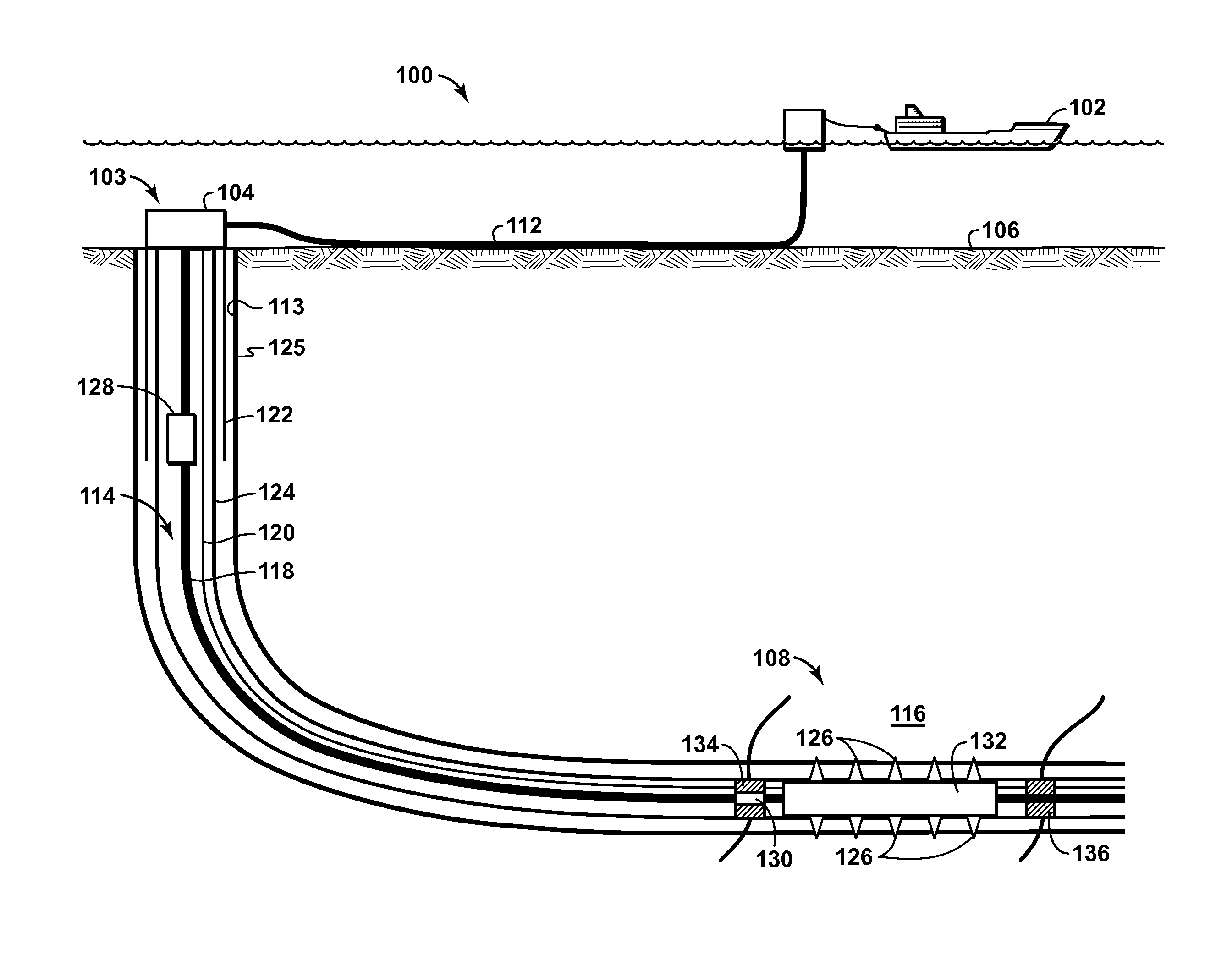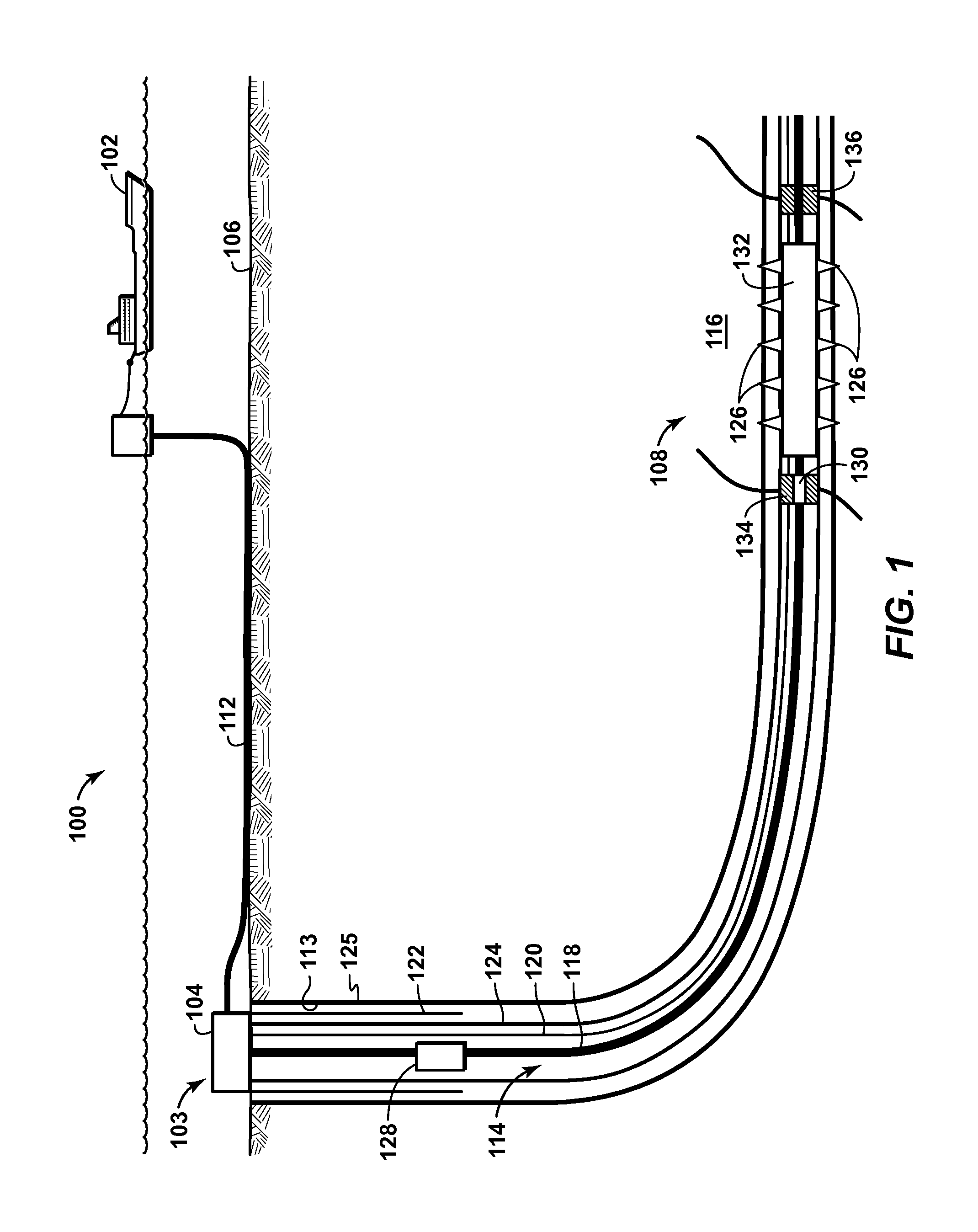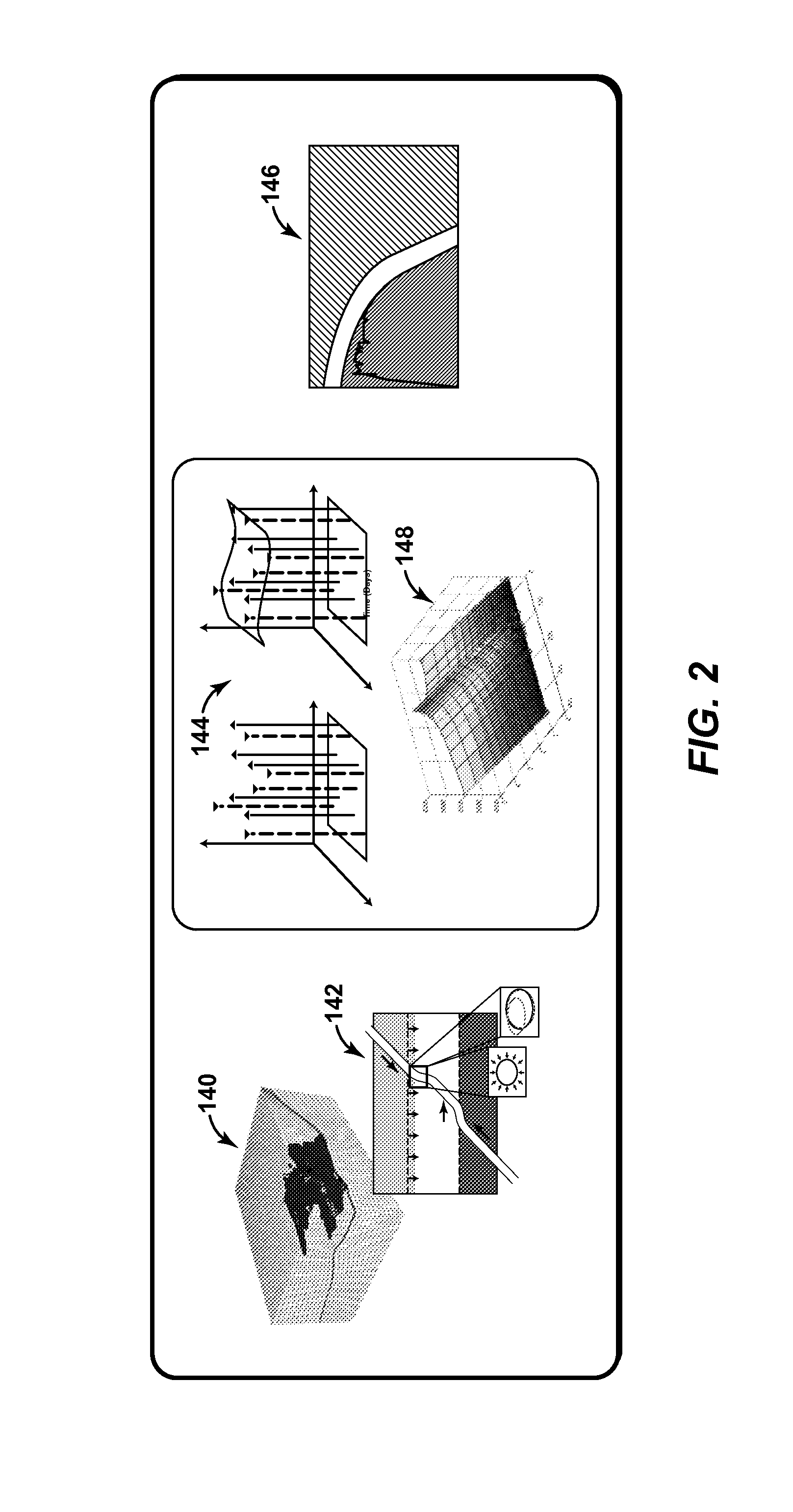Space-Time Surrogate Models of Subterranean Regions
a space-time and subterranean technology, applied in the field of surrogate modeling, can solve the problems of complex computational resources, large computational resources, and inability to prepare, validate, and implement full-physics models. the computational resources required to prepare, validate, and implement these models typically require specialized software and powerful computers
- Summary
- Abstract
- Description
- Claims
- Application Information
AI Technical Summary
Benefits of technology
Problems solved by technology
Method used
Image
Examples
Embodiment Construction
[0025]The present disclosure is directed to methods for generating and / or utilizing surrogate models for subsurface analysis. The subsurface analysis typically will relate to a subsurface region that includes one or more formations, which often may include a hydrocarbon reservoir.
[0026]As used herein, “subsurface” refers to beneath the top surface of any mass of land at any elevation or over a range of elevations, whether above, below, or at sea level, and / or beneath the floor surface of any mass of water, whether above, below, or at sea level. Accordingly, “subsurface” may refer to geologic strata occurring below the earth's surface.
[0027]As used herein, “formation” means a subsurface region, regardless of size, comprising an aggregation of subsurface sedimentary, metamorphic, and / or igneous matter, whether consolidated or unconsolidated, and other subsurface matter, whether in a solid, semi-solid, liquid, and / or gaseous state, related to the geological development of the subsurfac...
PUM
 Login to View More
Login to View More Abstract
Description
Claims
Application Information
 Login to View More
Login to View More - R&D
- Intellectual Property
- Life Sciences
- Materials
- Tech Scout
- Unparalleled Data Quality
- Higher Quality Content
- 60% Fewer Hallucinations
Browse by: Latest US Patents, China's latest patents, Technical Efficacy Thesaurus, Application Domain, Technology Topic, Popular Technical Reports.
© 2025 PatSnap. All rights reserved.Legal|Privacy policy|Modern Slavery Act Transparency Statement|Sitemap|About US| Contact US: help@patsnap.com



